Genetic Diversity and Gene Family Expansions in Members of the Genus Entamoeba
Data and Resources
-
Open Access PDFPDF
Genome Biology and Evolution
Additional Info
| Field | Value |
|---|---|
| Source | |
| Version | |
| Authors |
|
| Maintainer | |
| Maintainer Email | |
| Article Host Type | publisher |
| Article Is Open Access | true |
| Article License Type | cc-by |
| Article Version Type | publishedVersion |
| Citation Report | https://scite.ai/reports/10.1093/gbe/evz009. |
| DOI | 10.1093/gbe/evz009 |
| Date Last Updated | 2019-05-30T09:41:55.727240 |
| Evidence | open (via page says license) |
| Funder code(s) | BBSRC, Core Capability (BB/CCG1720/1); Earlham Institute () |
| Journal Is Open Access | true |
| Open Access Status | gold |
| PDF URL | https://academic.oup.com/gbe/article-pdf/11/3/688/28053318/evz009.pdf |
| Publisher URL | https://doi.org/10.1093/gbe/evz009 |
